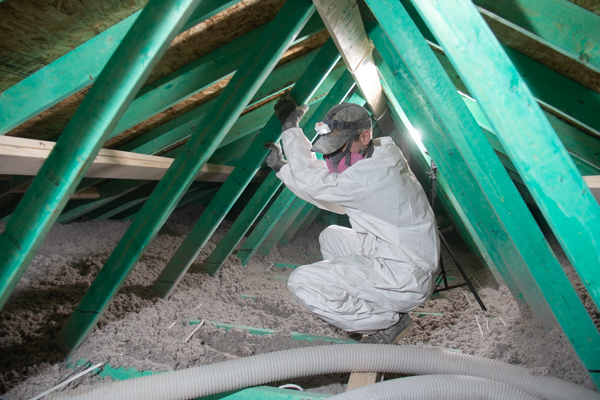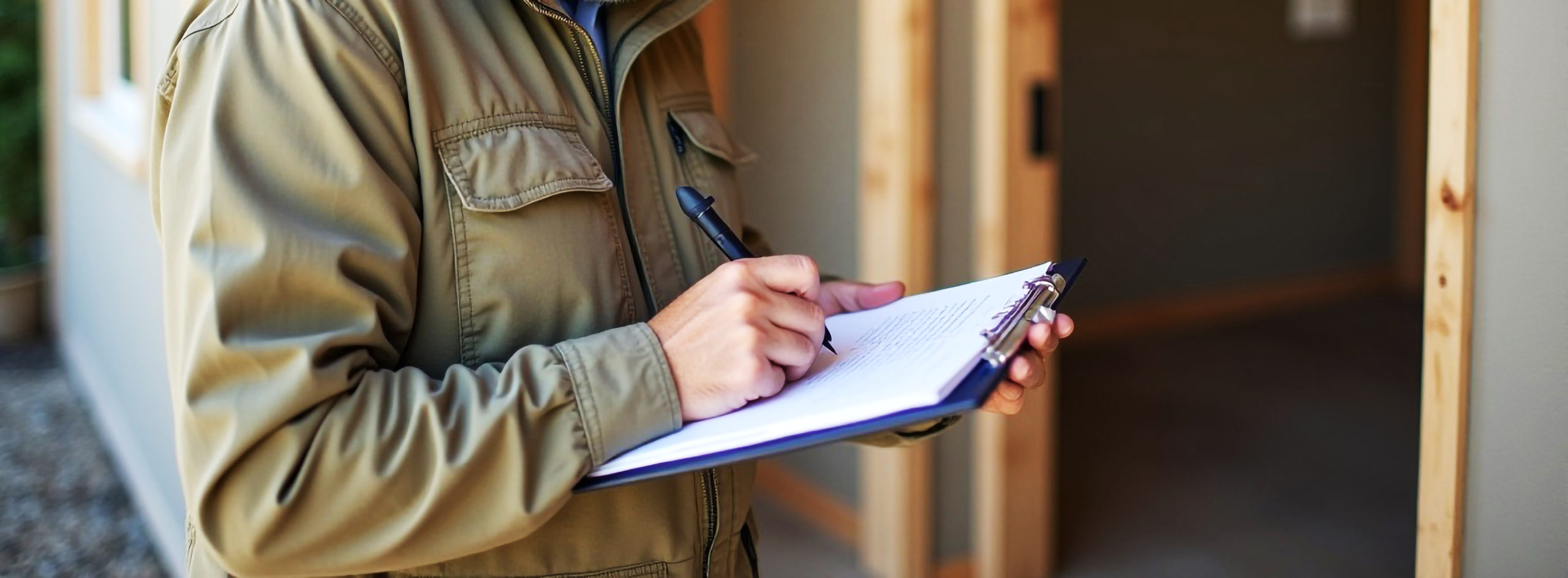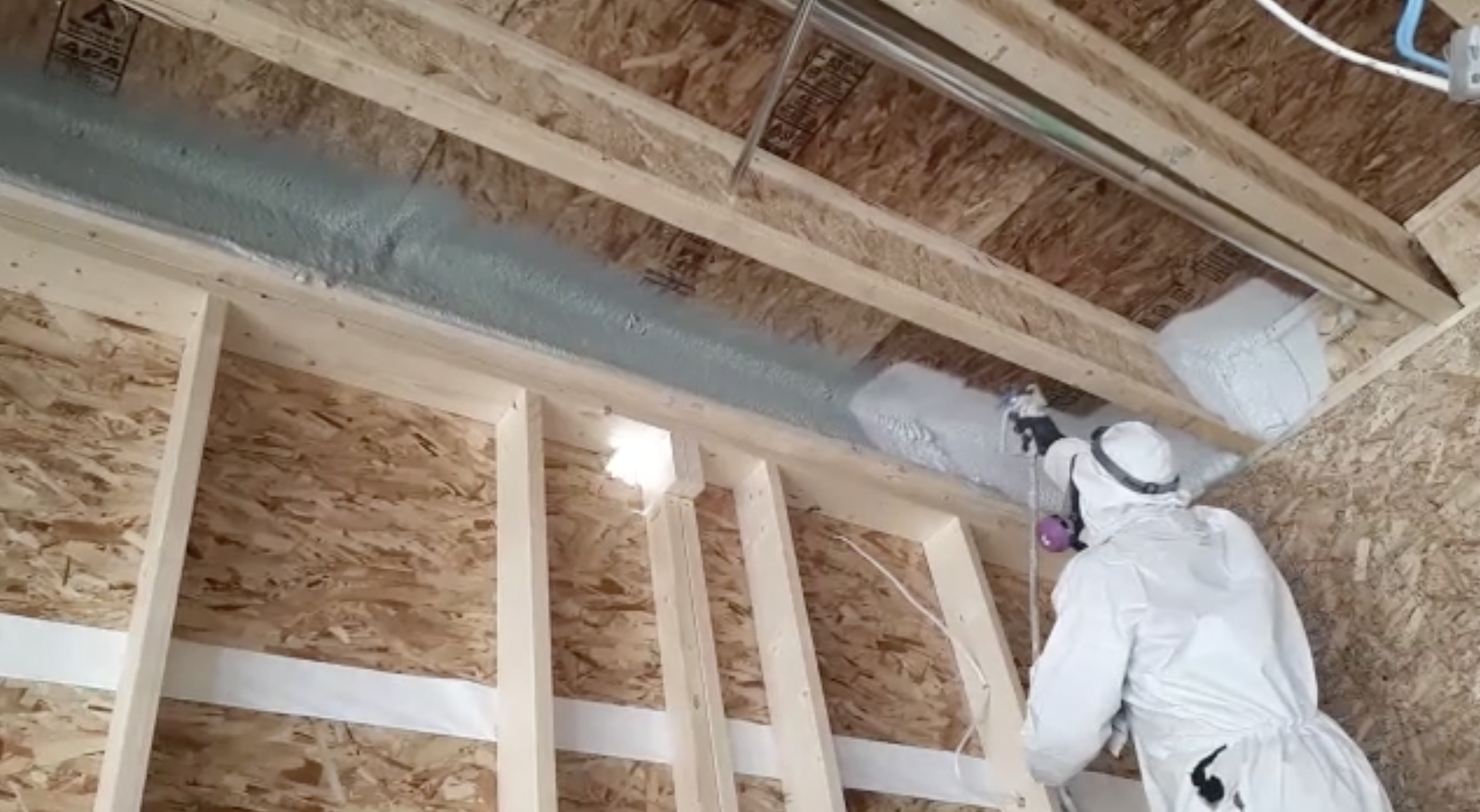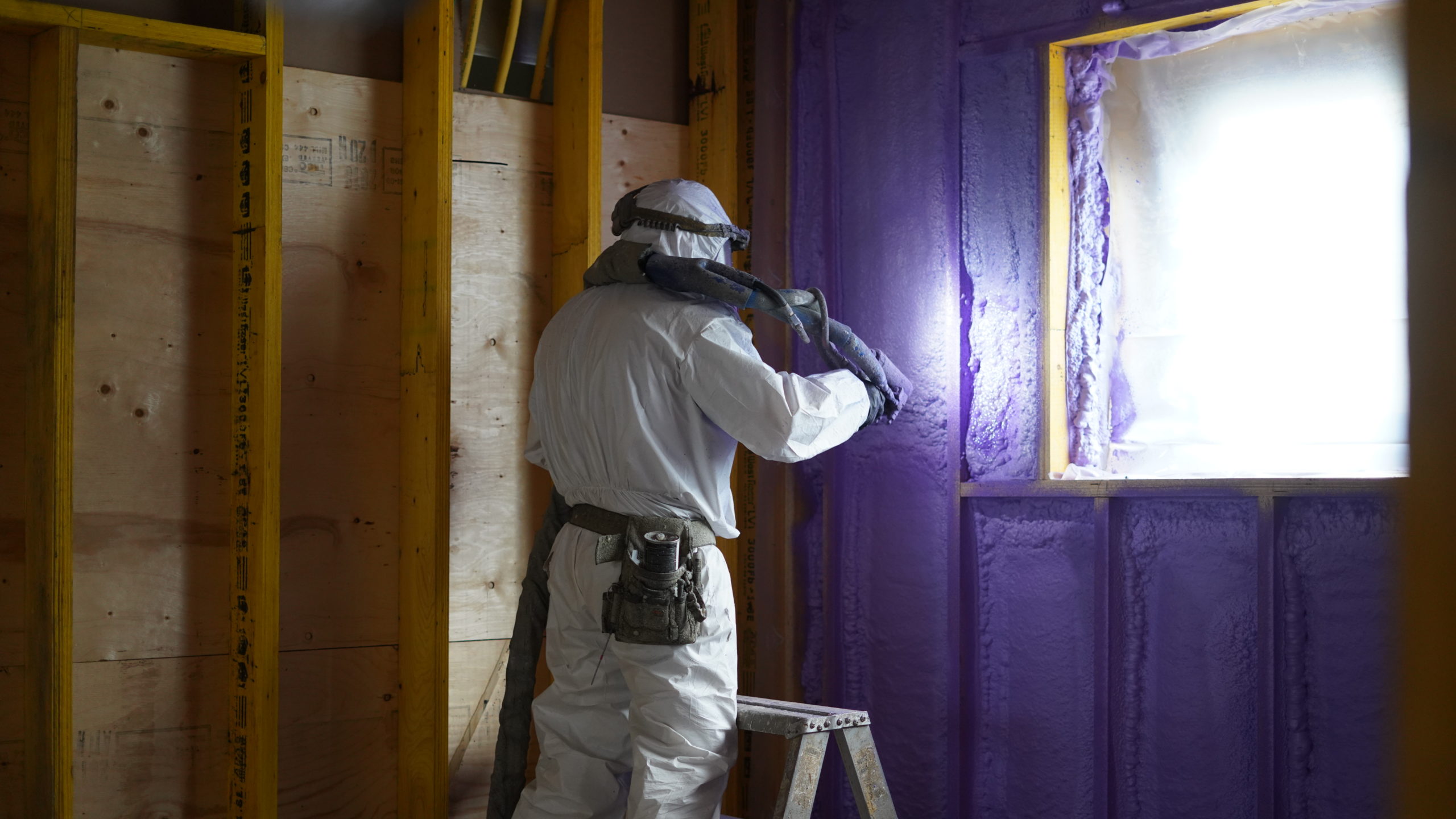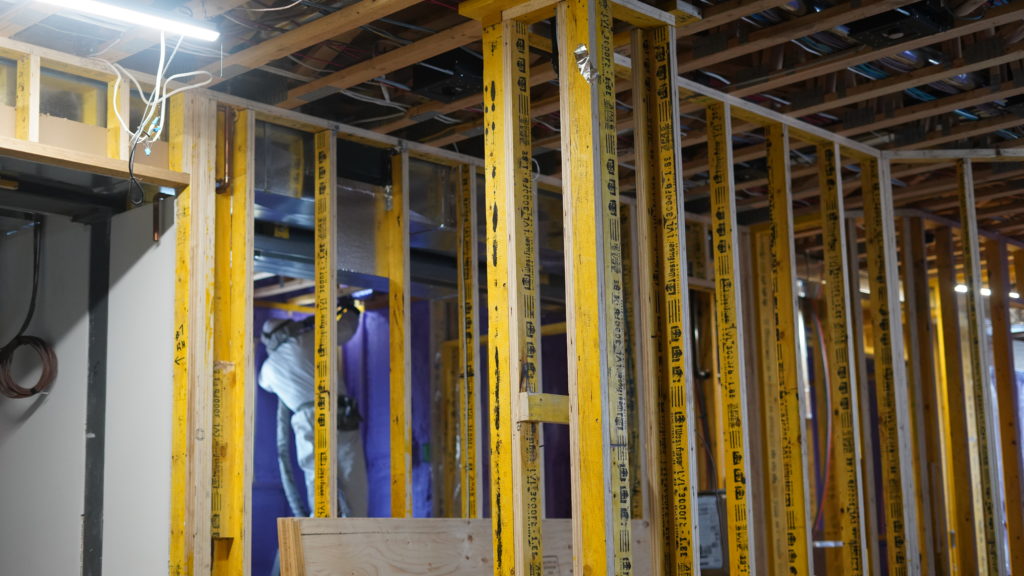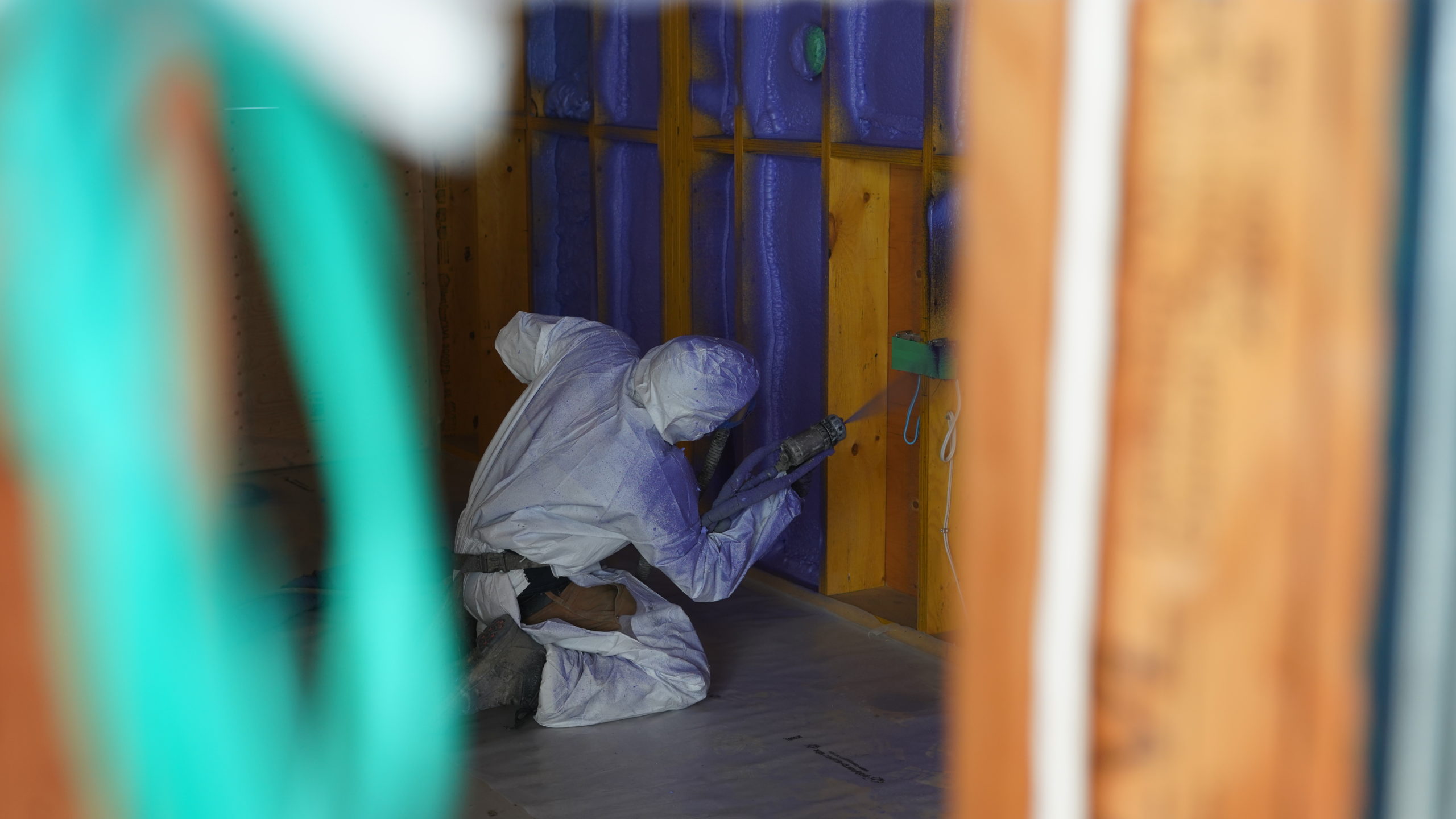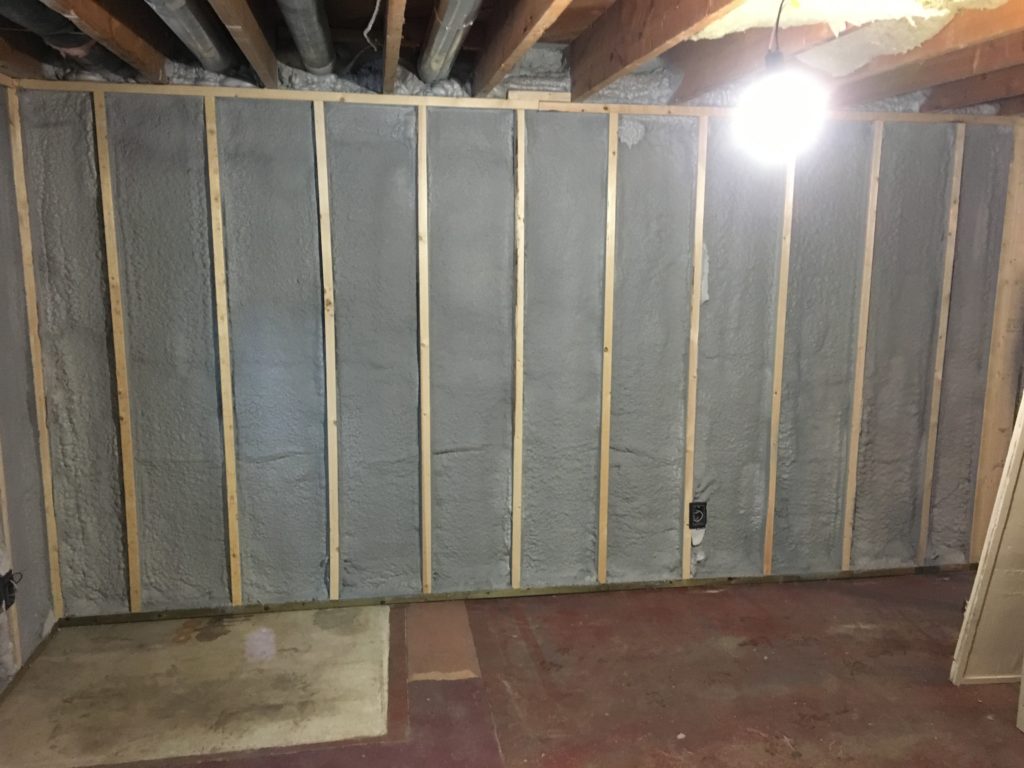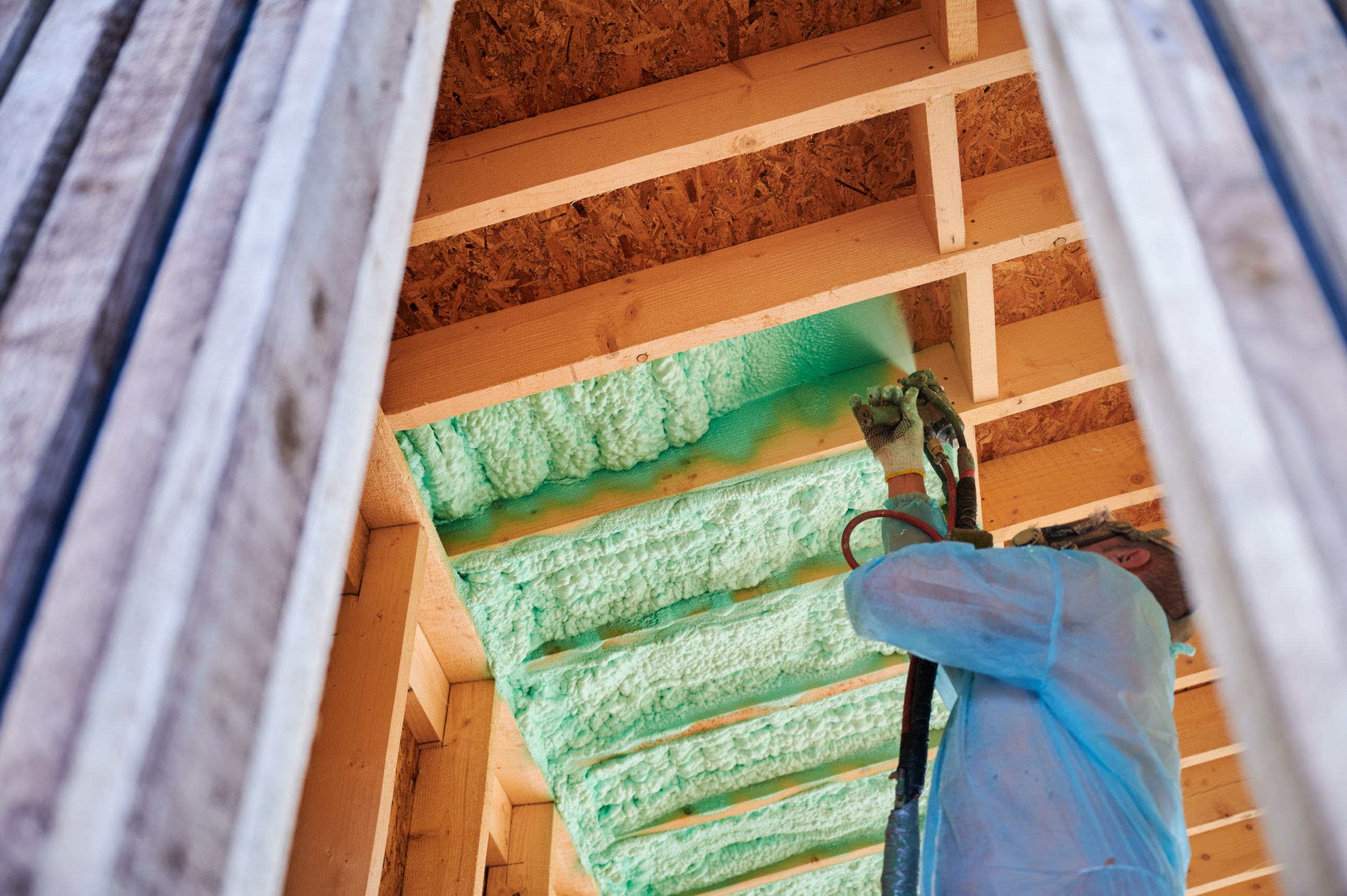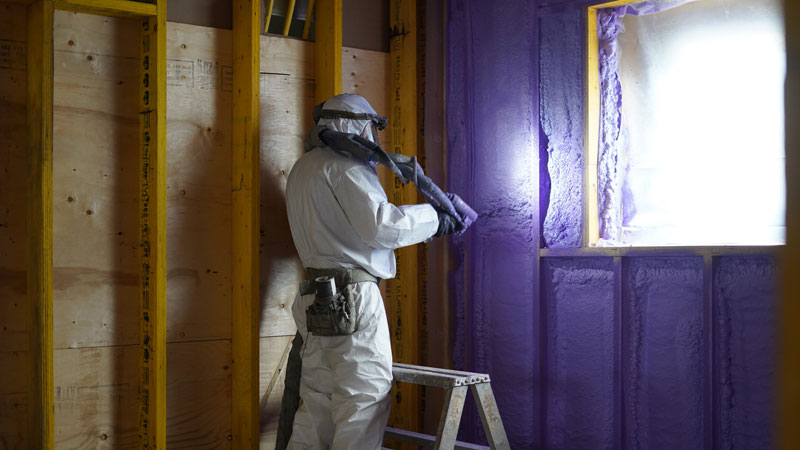Is Your Home Losing Comfort?
Fall is here, and winter is fast approaching. Is your home starting to feel more like a freezer? One of the biggest warning signs that your home is losing its comfort is the fight to create a cozy environment. How often you adjust the thermostat doesn’t matter—the heat still finds its way out of the room. Have you ever stopped to wonder whether or not your insulation is the culprit? At Thermo Solutions, we want the best for your home, which starts with knowing if your home is due for an insulation upgrade.
Why Edmonton Home Insulation Matters
No one enjoys seeing their utility bills skyrocket monthly, but proper insulation can help keep those costs down. It’s essential to avoid the temptation of choosing the cheapest insulation product, as low prices often come with low quality. Effective insulation is a barrier, preventing cold air from leaking into your home and hot air from escaping during summer.
Did you know that, according to the EPA, adding insulation upgrades, such as spray foam or blown-in insulation, to your attics, floors, and basements can save you an average of 15% on heating and cooling costs? This equates to significant savings over time, allowing you to keep your hard-earned money in your pocket. Plus, improved insulation can enhance indoor air quality by reducing the entry of pollen, dust, and insects, leading to better humidity control.
Insulation also dampens noise, making your home quieter by absorbing sound between exterior walls and under floors. It’s a thermal barrier for year-round comfort, providing benefits not just in winter but throughout the seasons. But how much warmer does insulation make a house? With insulation in place, you can expect a 5 to 20-degree difference in comfort levels.
When Should I Upgrade My Insulation?
If you’re planning a major home renovation, upgrading your insulation should be your first priority. Insulation isn’t just about keeping heat in; it’s also vital for soundproofing and preventing heat loss in your walls and basement. It can even help combat those cold floors during winter.
Consider upgrading your insulation every 15 to 20 years, as compression and movement can affect its performance over time, potentially changing the R-value of your original insulation. Is it still up to code? If not, it may be time for an upgrade.
See Also: How to Upgrade Your Space with Spray Foam Insulation in a Major Home Renovation
7 Signs You Need an Insulation Upgrade
Not all insulation is created equal. Spray foam insulation is ideal for home renovations, especially in older ho
So, how do you know if you need more insulation for your home? That’s where we come in. At Thermo Solutions, each of our insulation upgrades starts with an assessment to determine where the heat loss comes from and find the best insulation for your home. From spray foam insulation to attic blown-in insulation, our team is here to help. As you plan a home renovation, watch for the following signs that your insulation is due for an upgrade.
- Higher Bills: A noticeable increase in heating or cooling costs could indicate inadequate insulation.
- Drafty Home: Feeling drafts in your living space means air is escaping or entering, signalling poor insulation.
- Ice Dams on Your Roof: Ice buildup can point to heat escaping through your roof, resulting in potential damage.
- Age of Your Insulation: If your insulation is 15 years or older, it’s time to consider an upgrade.
- AC or Furnace Running Constantly: If your heating or cooling systems are overworked, it’s a sign your insulation isn’t doing its job.
- Cold Walls: Walls that feel cold to the touch in winter may lack adequate insulation.
- Gaps in Your Insulation: Gaps can lead to heat escaping from the room. If you can see the rafters in your attic or there’s minimal insulation in your walls, it’s time for a change.
Ready to Improve Your Home’s Comfort?
If you’ve noticed any of these signs in your home, don’t wait! Contact Thermo Solutions today to book an insulation spray foam assessment. Our expert team at Thermo Solutions can guide you through the options based on your specific needs, and with no wait times, we’re ready to start your project as soon as you are prepared. Book your insulation upgrade today and experience the benefits of a more comfortable, energy-efficient home!
